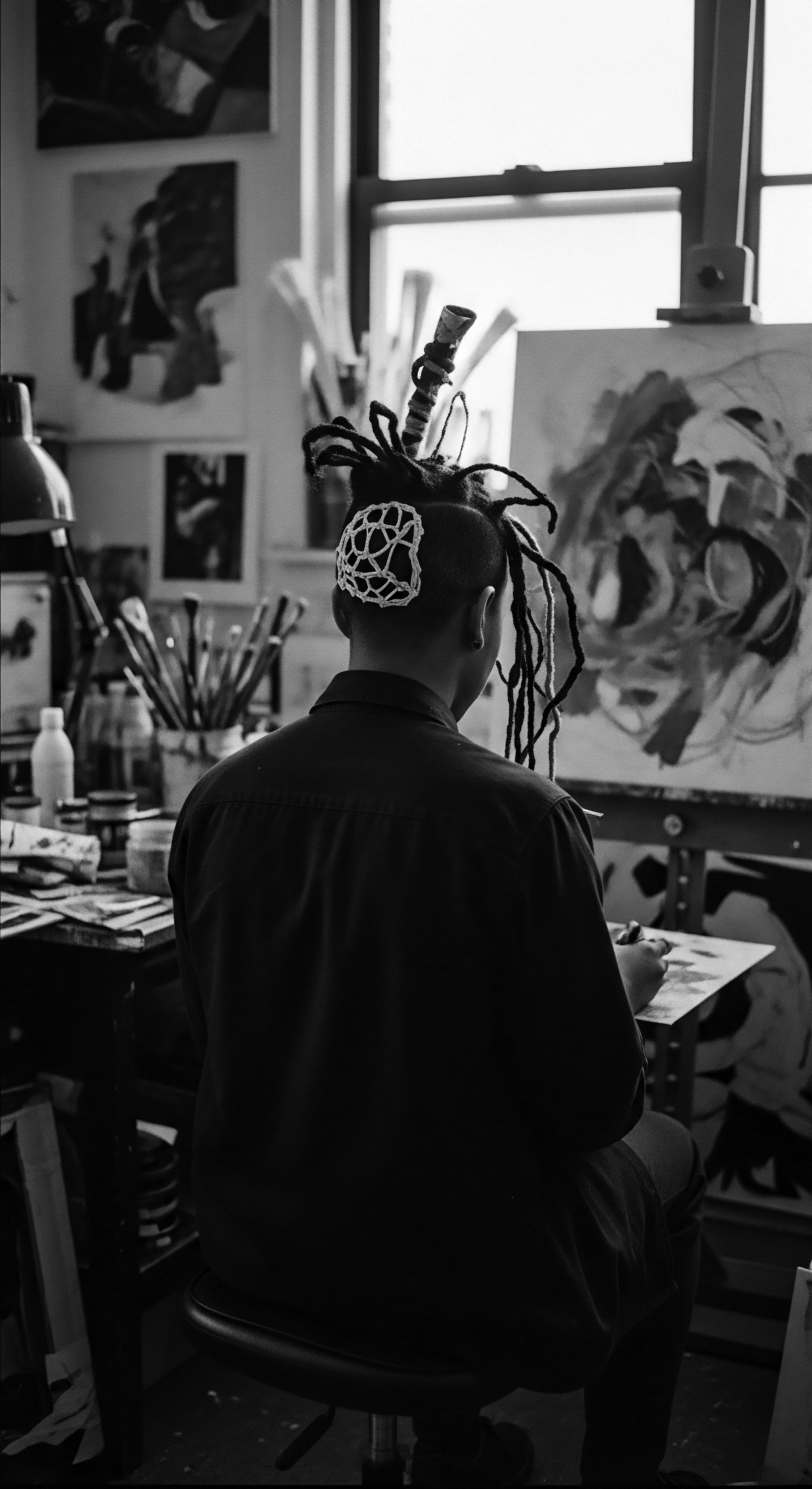
Roots
The very strands that crown our heads hold stories, deep and resonant, of generations past. For those with textured hair, this connection to ancestry lives within each coil and curl. It is a lineage etched into the very biology of our being, a profound testament to survival, creativity, and identity. We ponder a query often whispered yet seldom fully explored ❉ How did ancient coloring protect textured hair?
This question reaches beyond simple aesthetics. It invites us to consider the ingenious wisdom of our forebears, those who lived intimately with the earth and its offerings, discovering not just pigments for visual appeal, but also practical safeguards for their crowning glory.
The answers unfold, not in sterile laboratories, but through the rich soil of history, in the practices of communities who understood hair as a living extension of self, deeply linked to spirit and status. From the arid plains of Namibia to the ancient banks of the Nile, ancestral hands mixed clays, crushed leaves, and blended plant extracts, not merely for adornment, but for the resilience and integrity of the hair itself. This was a science born of observation, refined through collective practice across countless solar cycles.
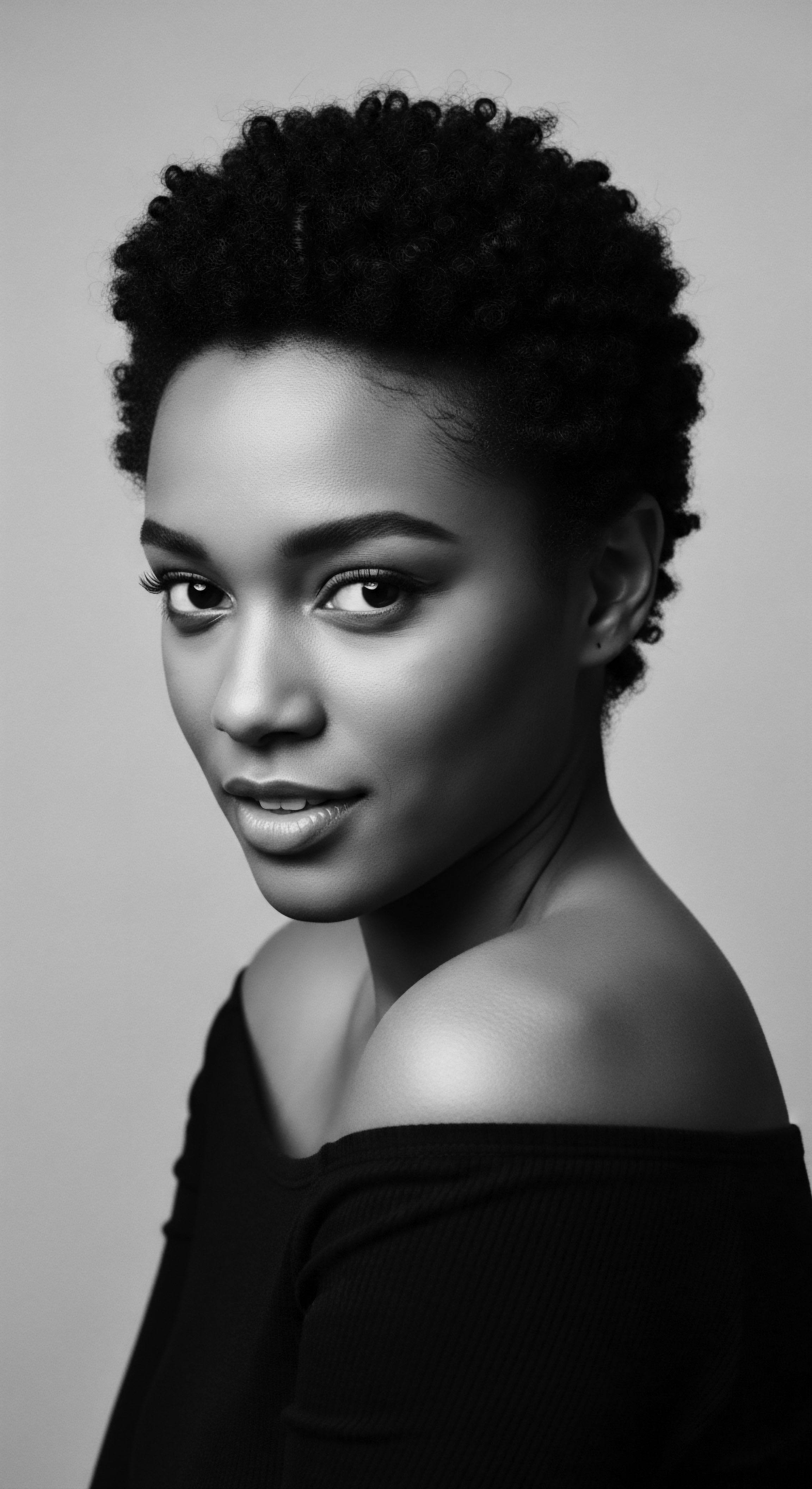
What Constitutes Textured Hair in Ancient Contexts?
Textured hair, with its diverse spectrum of waves, curls, and coils, possesses an architecture distinct from straight hair. Its elliptical follicle shape creates a strand that spirals as it grows, leading to varying degrees of curl pattern. This unique morphology presents inherent needs.
The bends and turns of coiled hair mean natural oils from the scalp travel with greater difficulty along the length of the strand, contributing to a predisposition for dryness. Furthermore, these points of curvature present areas of mechanical weakness, making textured hair susceptible to breakage when mishandled.
In ancient societies, understanding these characteristics was often intuitive, passed down as practical knowledge. Communities developed care rituals responding directly to these needs. When we consider ancient coloring, we consider it within this framework of inherent hair structure. How did these applications interact with the cuticle layers, the cortex, and the very integrity of the strand?
Many natural pigments, particularly those derived from plants and minerals, did not operate as modern oxidative dyes do, which penetrate the hair shaft through harsh chemical reactions that open the cuticle. Instead, many ancient colorants functioned by coating the exterior of the hair or by binding more gently to the keratin, the primary protein of hair. This surface-level interaction often conferred a protective layer.
Ancestral wisdom saw hair not as a mere adornment, but a living part of identity, protected and nurtured through the earth’s gifts.
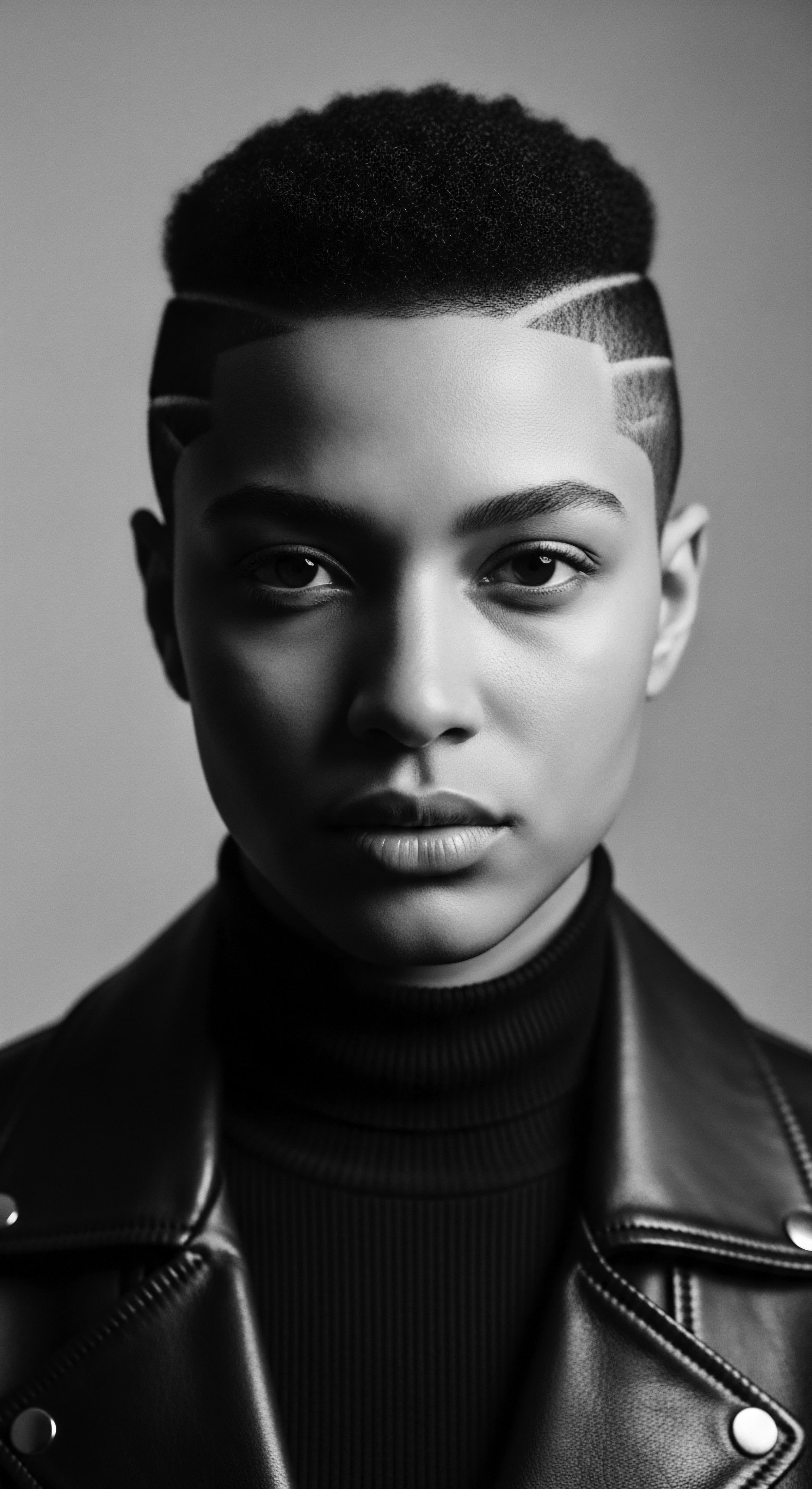
Ancient Pigments and Hair Structure
The pigments used in ancient times were largely from the earth itself ❉ minerals and botanicals. Each possessed unique properties.
- Henna (Lawsonia inermis) ❉ This plant, widely used in North Africa, the Middle East, and parts of Asia, contains lawsone, a red-orange pigment. When applied, lawsone binds to the keratin in the hair’s outer layer, the cuticle. This process adds a layer to the hair, effectively thickening the strand and providing a measure of external fortification. Its application often resulted in a rich, reddish-brown hue. Beyond coloration, henna’s astringent and antifungal properties contributed to scalp health, which is foundational for robust hair growth.
- Indigo (Indigofera tinctoria) ❉ Often used in conjunction with henna to achieve deeper browns and blacks, indigo powder coats the hair surface. It does not penetrate the cortex in the same way modern chemical dyes do. This surface coating adds to the protective layer created by henna, enhancing the durability of the hair against environmental elements.
- Red Ochre ❉ A mineral pigment, primarily hematite, red ochre was mixed with various emollients, such as butterfat or plant oils. The Himba people of Namibia offer a profound example of its protective application. Their signature otjize paste, a mixture of red ochre, butterfat, and aromatic resins, is applied daily to both skin and hair. This practice offers significant defense against the relentless desert sun. The finely ground mineral particles in ochre act as a physical barrier, reflecting harmful ultraviolet (UV) radiation. This mechanical shielding is a direct form of protection for the hair, preventing sun-induced dryness, brittleness, and color fading.
- Walnut Hulls ❉ Various parts of the walnut tree, particularly the hulls, contain juglone, a dark brown pigment. Like lawsone, juglone interacts with keratin. Preparations from walnut were used to darken hair, and their presence on the hair shaft would have provided a layer of environmental protection, similar to that offered by other plant-based colorants.
The chemical mechanisms of these ancient applications, though perhaps not explicitly understood by their practitioners in modern scientific terms, yielded tangible benefits. These applications often created a physical barrier around each strand, which shielded hair from external aggressors.
| Ancient Colorant Henna (Lawsonia inermis) |
| Mechanism of Protection Coats hair cuticle, adding a protective layer; possesses astringent and antifungal properties for scalp health. |
| Relevance to Textured Hair Heritage Widespread use in North African and diasporic communities for color, strength, and scalp wellness. |
| Ancient Colorant Indigo (Indigofera tinctoria) |
| Mechanism of Protection Surface coating, deepens color when combined with henna; reinforces the protective barrier against elements. |
| Relevance to Textured Hair Heritage Integral to achieving darker hues in traditional practices, enhancing resilience alongside henna. |
| Ancient Colorant Red Ochre (Hematite) |
| Mechanism of Protection Physical barrier against UV radiation when mixed with emollients; provides sun protection. |
| Relevance to Textured Hair Heritage Himba people's otjize as a powerful ancestral practice for environmental defense in harsh climates. |
| Ancient Colorant Walnut Hulls (Juglone) |
| Mechanism of Protection Interacts with keratin, provides a dark coating; offers environmental shielding. |
| Relevance to Textured Hair Heritage Historical use in various cultures to darken hair, contributing to its fortification. |
| Ancient Colorant These ancient methods reveal a profound connection between natural pigments and hair well-being, particularly for textured hair, through ancestral applications. |
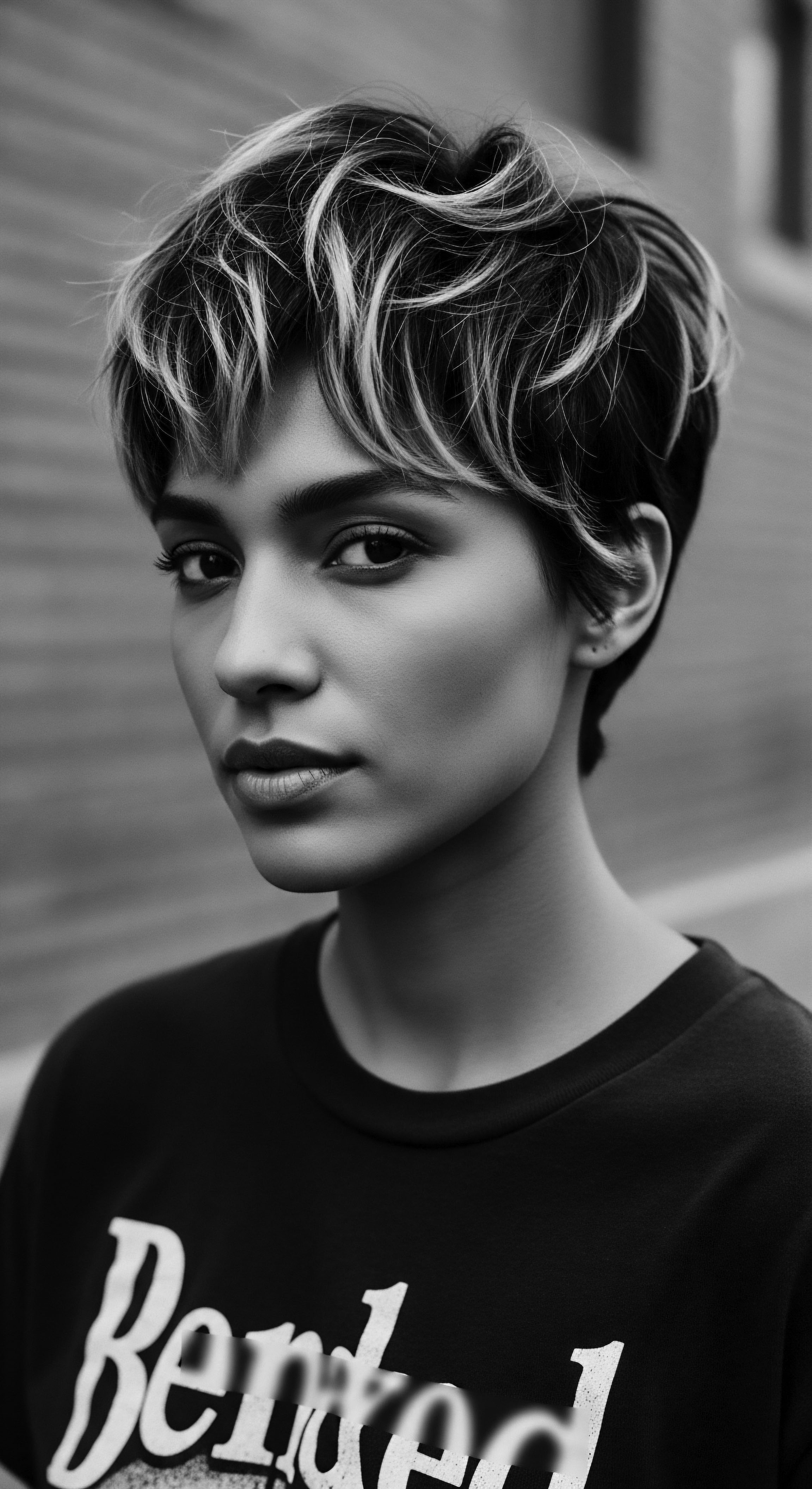
Ritual
The application of ancient coloring was seldom a mere act of cosmetic change. It was a ritual, deeply embedded in the daily rhythms and ceremonial life of communities. These practices, often communal and steeped in intention, extended the protective qualities of the colorants beyond their chemical interactions with the hair fiber. The very process of preparing and applying these substances became an act of care, reinforcing the strand’s integrity.
Consider the hands that meticulously blended ochre with animal fat or finely sifted henna leaves with warm water, often infused with other herbs and oils. This preparation was itself an art, a transmission of knowledge from elder to youth. The tactile nature of these processes ensured that the hair was handled with a certain reverence, a gentle manipulation that minimizes breakage often associated with textured hair.

How Did Application Methods Bolster Protection?
The application methods of ancient hair coloring agents were quite different from modern salon processes. Unlike contemporary dyes that rely on developers to open the cuticle, many ancestral colorants were applied as pastes or viscous liquids that adhered to the exterior of the hair. This adherence created a physical coating, a layer of natural material that acted as a shield.
The physical presence of these substances on the hair offered several layers of defense.
- Environmental Shielding ❉ The most direct benefit came from protection against the elements. Direct sunlight, dust, wind, and even insect bites could degrade hair over time. A thick coating of ochre and butterfat, as seen with the Himba, shielded the hair from UV radiation, preventing the degradation of melanin (the natural pigment in hair) and preserving the hair’s protein structure. This defense is particularly significant for textured hair, which can be more prone to dryness and damage from environmental exposure due to its inherent structure.
- Moisture Retention ❉ Many ancient colorant mixtures incorporated emollients such as natural oils, animal fats, or butter. When these ingredients were applied with the pigment, they helped to seal moisture within the hair shaft. This was a critical function, especially in arid climates where textured hair could rapidly lose hydration. The fatty components created an occlusive barrier, reducing transepidermal water loss from the hair, keeping it supple and less brittle.
- Mechanical Reinforcement ❉ The coating added by these colorants could also provide a degree of mechanical reinforcement to the hair shaft. By binding to the cuticle, they could reduce friction between individual strands and mitigate the effects of external stressors like styling or tangling. This reduces the likelihood of breakage, a common concern for highly textured hair.
The ritual of coloring textured hair served as a protective embrace, blending natural pigments with nourishing emollients.
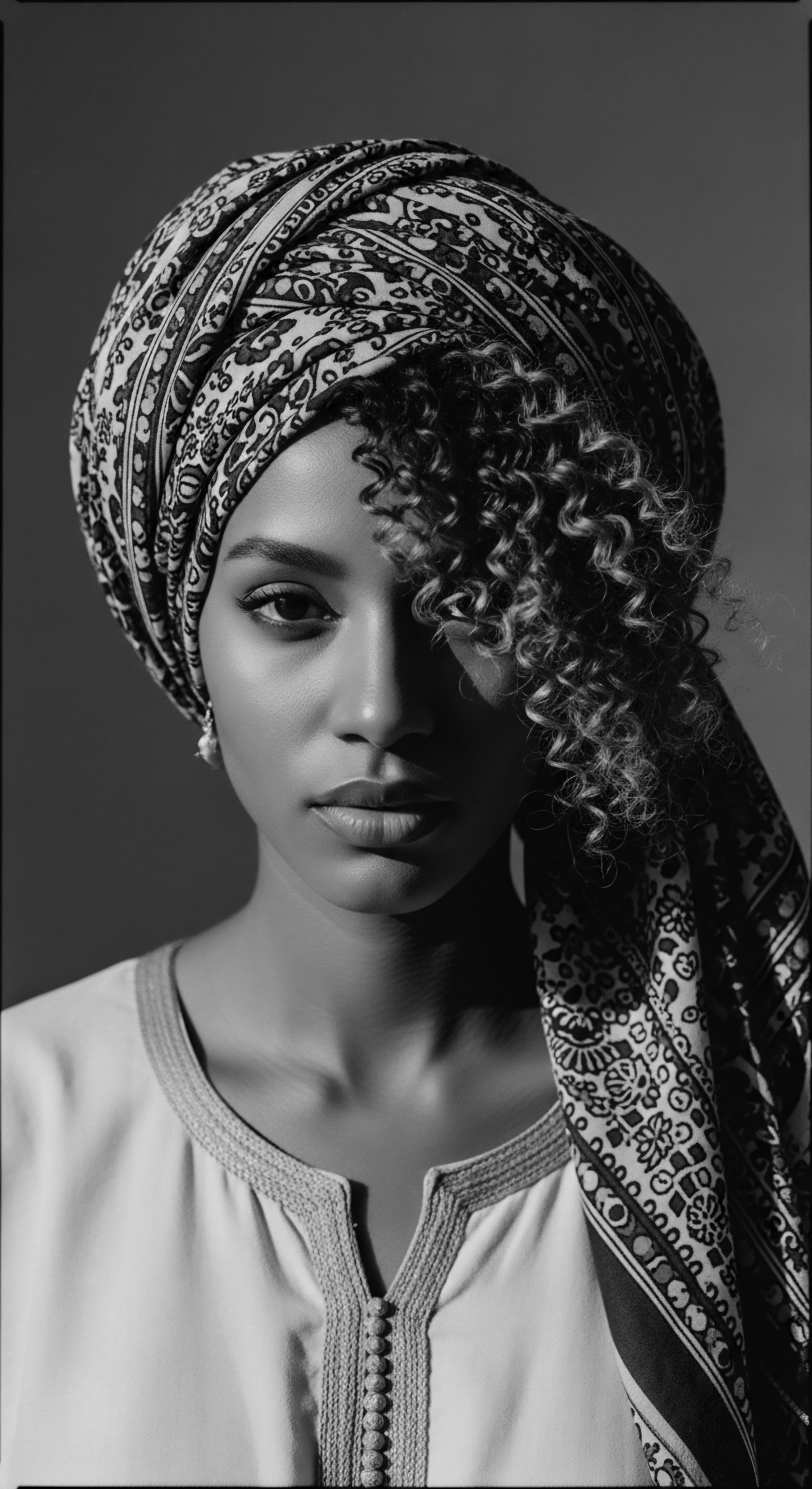
The Himba’s Otjize ❉ A Case Study in Ancestral Protection
The Himba people of northern Namibia stand as a powerful illustration of how ancient coloring practices protected textured hair. Their iconic otjize, the paste of red ochre, butterfat, and aromatic resin, serves a multi-purpose function. For Himba women, who traditionally wear their hair in elaborate plaits or dreadlocks, otjize is an integral part of daily life and identity.
A study highlights that the Himba’s daily routine of coating their skin and hair with red ochre provides effective natural sunblock, with modern scientists confirming its value as an effective skin and hair sunscreen. (Umar, 2020) This is a direct, scientific validation of ancestral knowledge. The iron oxide in red ochre acts as a physical UV filter. Coupled with butterfat, it moisturizes and cleanses hair, protecting it from dryness and maintaining hygiene in water-scarce environments.
This traditional mixture preserves the Himba’s hair health against the harsh desert climate, preventing sun damage and breakage. Their hair, often adorned with goat hair extensions, becomes an extension of their cultural story, protected and sustained by the very earth they inhabit.
The Himba’s ritual of otjize application is not just about color; it represents a comprehensive system of hair care. The paste helps to keep the hair clean by flaking off over time, taking dirt and dead skin with it. This ingenious self-cleansing mechanism further preserves hair health in environments where water for washing might be scarce. The symbolic connections to blood and earth underscore the holistic nature of this practice, where beauty, health, and spiritual connection are inextricably linked.
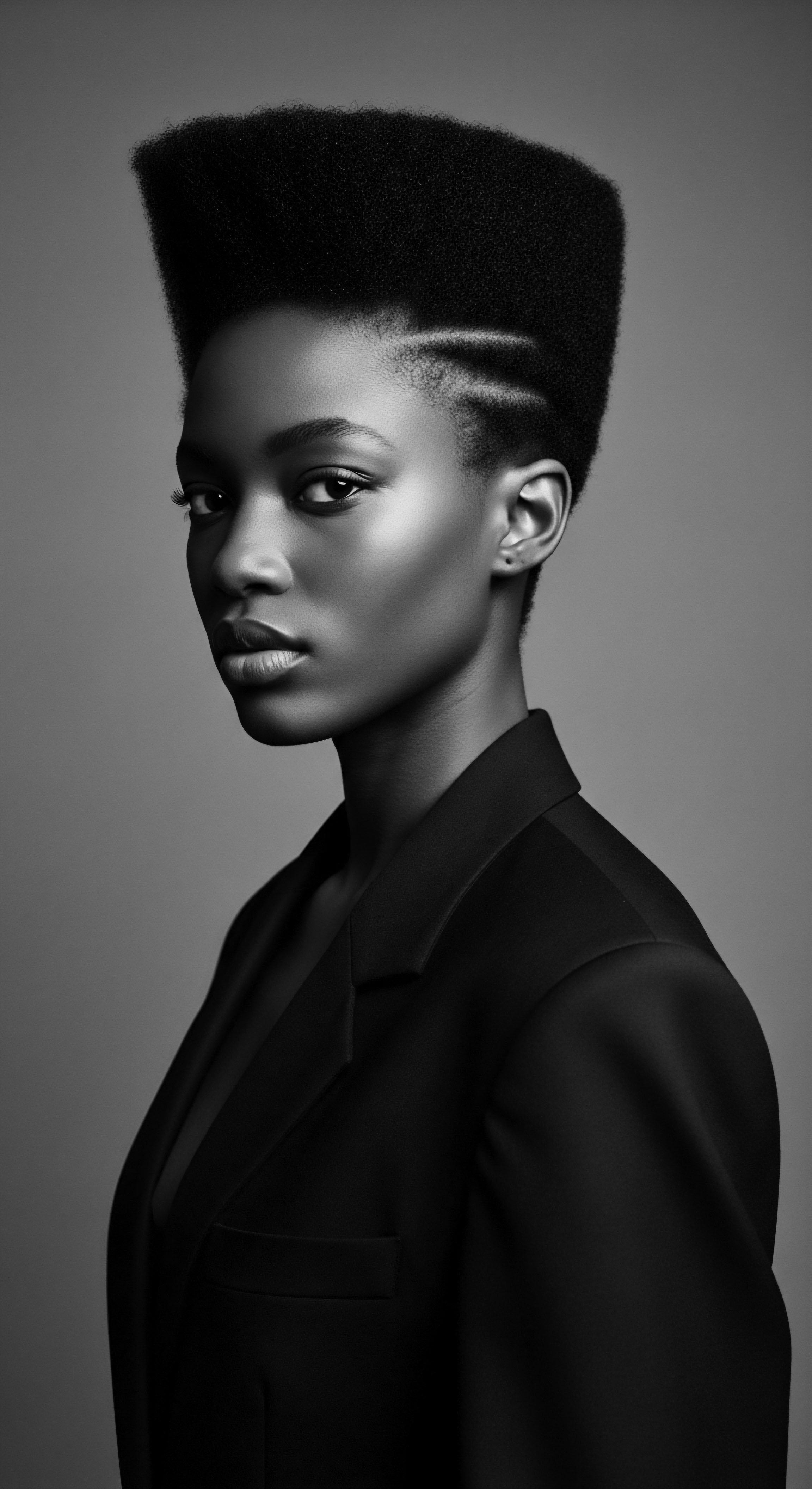
Traditional Tools and Their Role in Hair Preservation
Alongside the ingredients, the tools used in ancient coloring rituals played a significant part in safeguarding textured hair.
- Fingers and Hands ❉ The most fundamental tools were often human hands. The gentle, consistent application of pastes with fingers minimized harsh pulling or snagging, allowing for careful distribution of the protective mixture along the hair shaft and scalp.
- Combs from Natural Materials ❉ Combs crafted from wood, bone, or horn, often with wide-set teeth, were less likely to cause breakage on coiled strands compared to modern fine-toothed plastic combs. Their use in detangling before or during coloring would have prepared the hair for the application in a manner that preserves its integrity.
- Smooth Application Surfaces ❉ Preparing mixtures on smooth stones or in natural bowls ensured no rough edges could introduce foreign particles or damage the hair during the mixing process.
Each aspect of the ancient coloring ritual, from the selection of natural materials to their careful preparation and application, contributed to the preservation and protection of textured hair, honoring its distinct qualities and ancestral legacy.
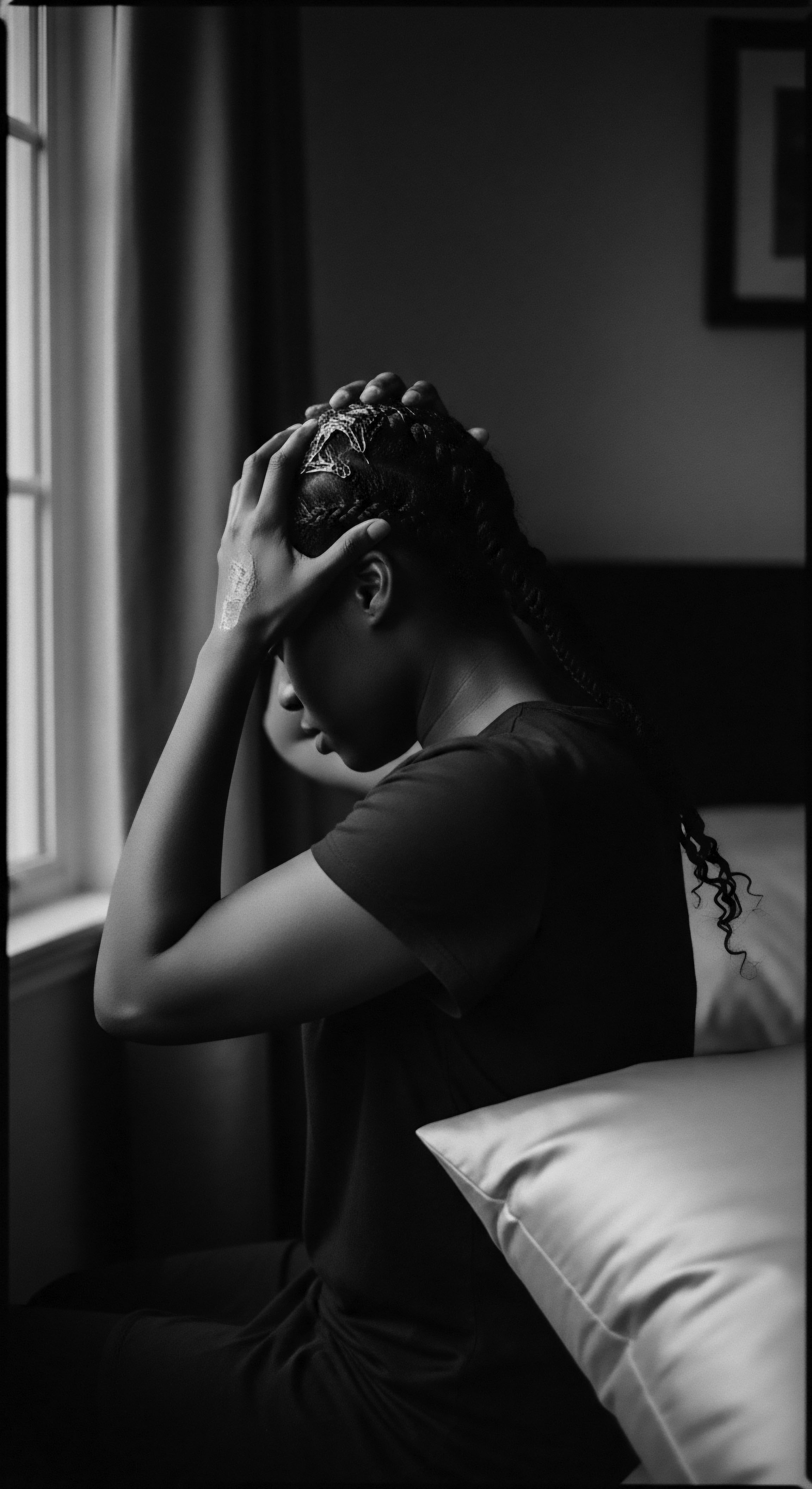
Relay
The knowledge of ancient coloring practices, once confined to specific communities and passed through oral tradition, now finds a new life, relayed across continents and generations. This transmission allows us to discern the scientific underpinnings of ancestral wisdom, offering a deeper understanding of how these early methods protected textured hair. The interplay of chemistry, biology, and cultural insight provides a rich framework for contemporary hair care, especially for those seeking connections to their heritage.
The durability of these practices speaks volumes. They persisted not because of fleeting trends, but because they worked, providing tangible benefits for hair health and resilience against environmental challenges. The wisdom encoded within these ancient methods provides a lens through which to observe the ingenuity of our ancestors, their deep attunement to nature’s remedies, and their sophisticated understanding of hair’s needs.

How Do Ancient Practices Validate Modern Hair Science?
Modern trichology and material science often find validation in what ancestral cultures practiced intuitively. The protective qualities of natural colorants exemplify this convergence.
For instance, the application of mineral clays such as red ochre, mixed with fats, offers physical sun protection. Scientific studies today confirm that iron oxide, a primary component of red ochre, acts as an effective UV block. This is directly relevant to textured hair, where prolonged sun exposure can cause photodegradation of the hair cuticle, leading to dryness, brittleness, and a loss of elasticity. The physical coating acts as a shield, minimizing this damage.
Similarly, plant-based dyes like henna create a temporary bond with the keratin protein in the hair cuticle. This adherence forms a reinforcing layer, which can enhance the tensile strength of the hair and add thickness. While some modern studies using goat hair have suggested that henna may damage the hair cuticle, this often depends on the purity of the henna and the specific application method, as traditional practices often combined henna with moisturizing ingredients like oils to mitigate potential dryness.
The tannins and other compounds present in natural dyes also exhibit antioxidant, antimicrobial, and UV-protective properties. These bioactive compounds contribute to overall hair health by guarding against oxidative stress and microbial imbalances on the scalp, which can compromise hair integrity.
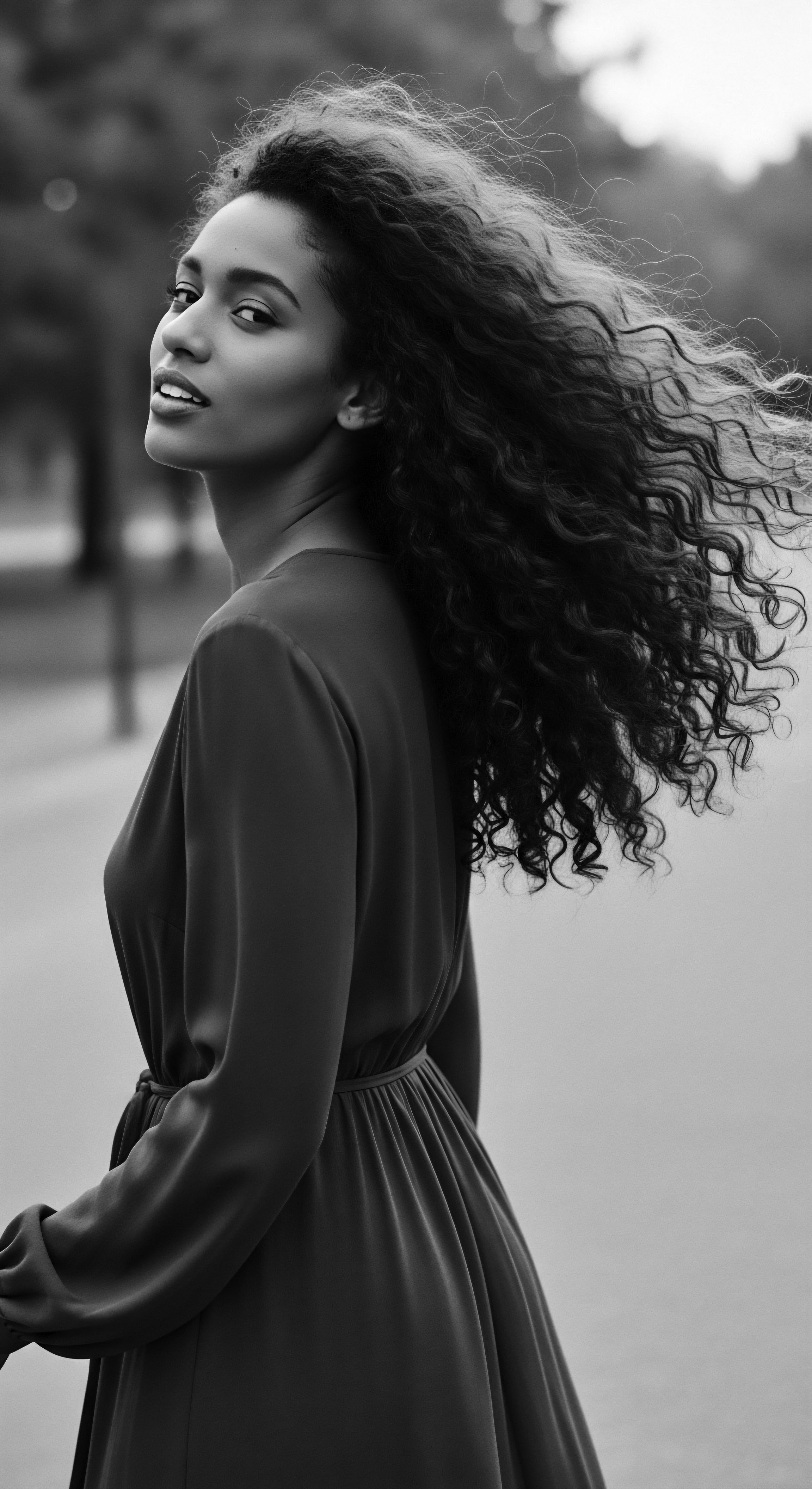
Chemical Interactions and Hair Fortification
The science behind ancient coloring protection involves several key chemical and physical interactions:
- Coating and Sealing ❉ Many natural pigments, especially those from plants like henna and indigo, and minerals like ochre, operate as substantive dyes or physical coatings. They do not lift the cuticle in the aggressive manner of ammonia-based permanent dyes. Instead, they deposit color on or within the outermost layers of the hair shaft. This creates a supplementary external layer that physically strengthens the hair. It acts like a natural varnish, sealing the cuticle and reducing its susceptibility to fraying or splitting.
- Hydrophobic Layer Formation ❉ When mixed with natural fats and oils, as seen in the Himba’s otjize, ancient colorants created a hydrophobic (water-repelling) layer on the hair. This layer minimized moisture loss from the hair in dry climates and prevented excessive water absorption in humid conditions, both of which can lead to swelling and shrinking cycles that weaken the hair shaft.
- Antioxidant and Antimicrobial Benefits ❉ Beyond their coloring properties, many plant-based dyes contained phenolic compounds and flavonoids, which are potent antioxidants. These molecules help neutralize free radicals generated by UV radiation and environmental pollutants, reducing oxidative damage to hair proteins. Additionally, some natural ingredients possess antimicrobial qualities, helping to maintain a healthy scalp microbiome, which is vital for strong hair growth. For example, henna has demonstrated antifungal properties against agents that cause dandruff.
| Aspect Primary Mechanism |
| Ancient Hair Coloring (Natural) Coating the hair surface, gentle binding to cuticle keratin, physical barrier formation. |
| Modern Hair Coloring (Synthetic, Oxidative) Penetrating the hair cortex via chemical reactions (e.g. ammonia, hydrogen peroxide) to alter melanin. |
| Aspect Impact on Cuticle |
| Ancient Hair Coloring (Natural) Generally preserves cuticle integrity, seals it, or adds a reinforcing layer. |
| Modern Hair Coloring (Synthetic, Oxidative) Opens cuticle aggressively, potentially causing damage and protein loss. |
| Aspect Protective Benefits |
| Ancient Hair Coloring (Natural) UV shielding, moisture retention (when combined with emollients), mechanical reinforcement, antioxidant, antimicrobial properties. |
| Modern Hair Coloring (Synthetic, Oxidative) Aesthetic change, but often requires subsequent conditioning to mitigate damage. |
| Aspect Long-Term Hair Health |
| Ancient Hair Coloring (Natural) Supports hair health through gentle interaction and added protective layers. |
| Modern Hair Coloring (Synthetic, Oxidative) Potential for cumulative damage over time, leading to dryness, brittleness, and breakage. |
| Aspect The contrasting approaches highlight the ancestral focus on preservation, a practice often missing in today's rapid chemical transformations. |
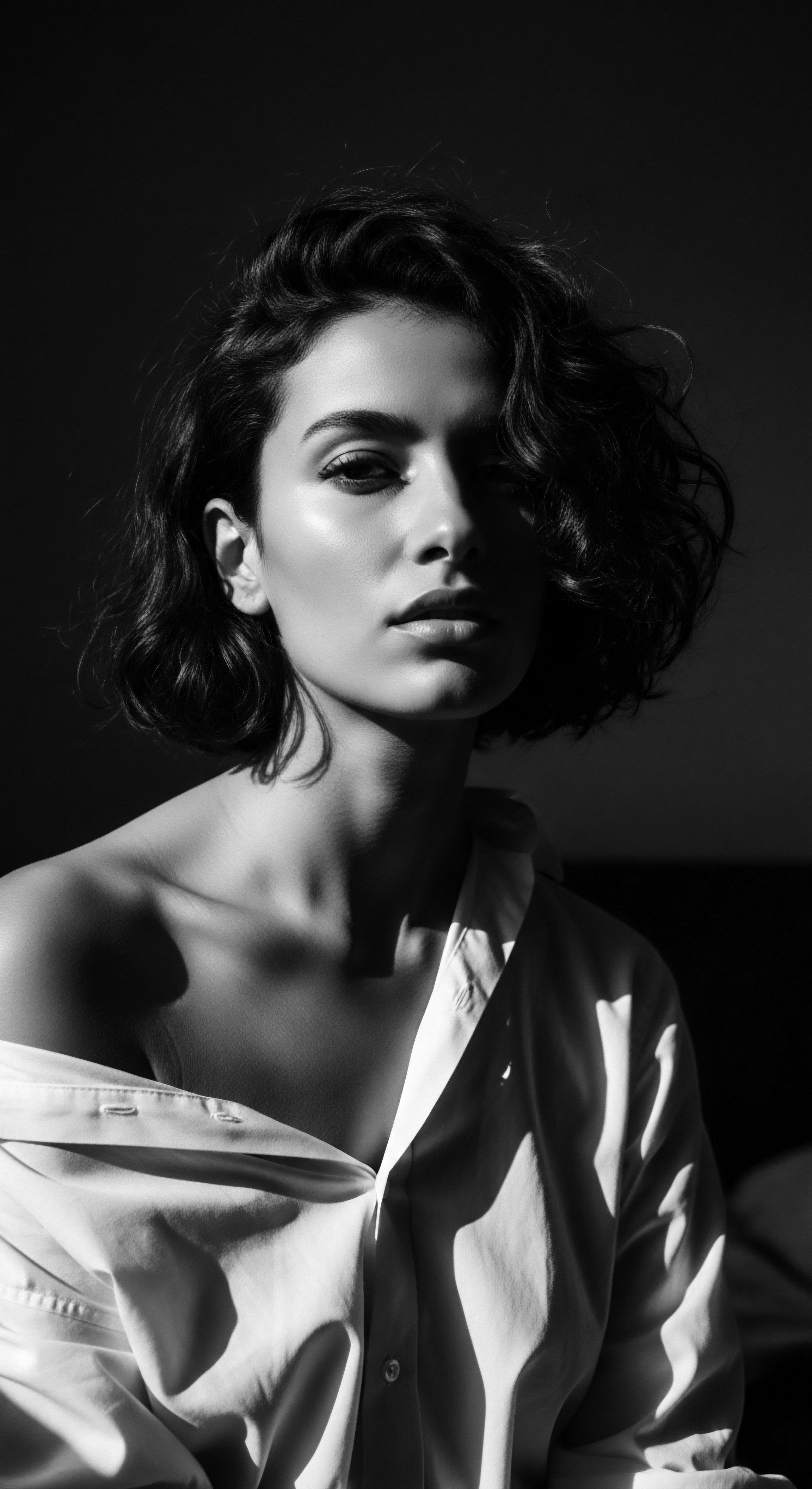
What Can We Learn from Ancestral Care for Textured Hair?
The lessons from ancestral hair care, particularly concerning coloring, extend far beyond simple recipes. They speak to a holistic philosophy where beauty, health, and cultural expression were inseparable. This heritage prompts us to consider:
- Ingredient Purity ❉ Ancient practitioners used ingredients directly from their environment, free from synthetic additives or harsh chemicals. This reminds us to prioritize pure, natural components in our modern regimens.
- Gentle Application ❉ The emphasis on pastes and coatings, applied with care, underscores the importance of minimizing mechanical stress on textured hair. This gentleness preserves the fragile structure of coils and curls.
- Holistic Approach ❉ Ancient coloring was part of a larger care system that included moisturizing, cleansing (often with natural clays or herbs), and protective styling. This integrated approach supported the overall health of the hair and scalp.
- Environmental Harmony ❉ Sourcing pigments from nature fostered a symbiotic relationship with the environment. This aspect encourages sustainable choices in contemporary product consumption.
Ancient practices offer a blueprint for nurturing textured hair, emphasizing gentle application and purity of ingredients for lasting resilience.
The relay of this knowledge, from the distant past to our present moment, enriches our appreciation for textured hair heritage. It provides actionable insights for cultivating regimens that truly protect and sustain these magnificent strands, honoring the wisdom of those who walked before us.
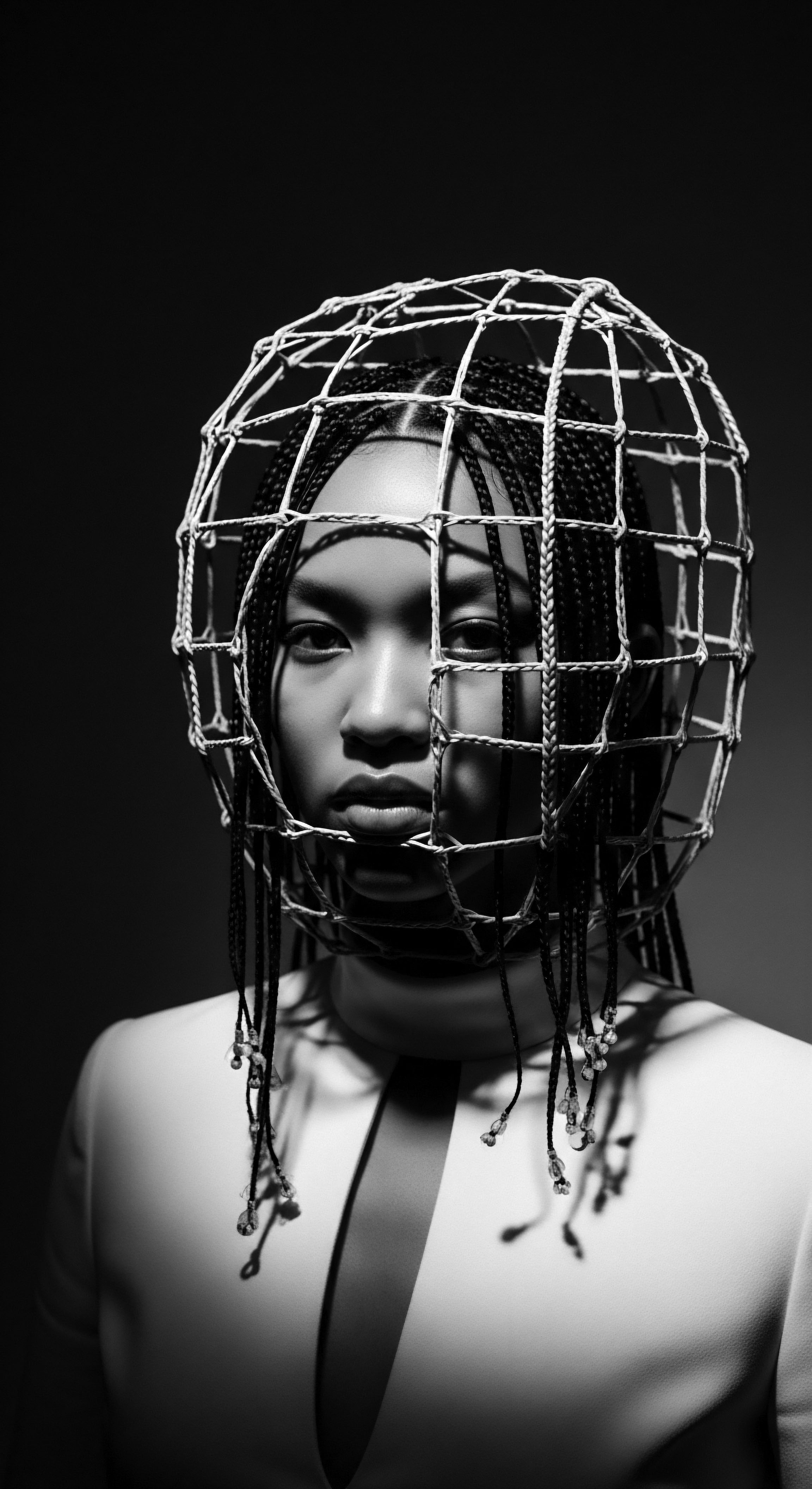
Reflection
To journey into the heart of how ancient coloring protected textured hair is to undertake a profound meditation on the enduring spirit of our strands. This exploration carries us beyond the superficial act of changing color, inviting a connection to a legacy of ingenuity, resilience, and deep ancestral wisdom. It reveals hair as a living archive, each coil and curve a repository of stories passed down through the ages.
The methods of our forebears were not haphazard. They embodied a sophisticated understanding of their environment and the biology of textured hair, long before scientific treatises or global supply chains existed. They perceived the innate needs of high-porosity, coil-dense hair, recognizing its vulnerability to environmental stressors and its intrinsic thirst for moisture. In response, they turned to the earth—its clays, its plants, its fatty fruits—not merely for pigment, but for fundamental sustenance and defense.
The Himba’s otjize, for instance, transcends simple cosmetic application. It becomes a testament to human adaptation and brilliance. The ochre shields against the sun’s harsh embrace, while the butterfat nourishes, protecting the hair fiber in a challenging climate. This is not just a historical curiosity; it is a profound lesson in integrated care, a reminder that protection and beauty are not separate entities, but intertwined aspects of well-being rooted in ancestral practice.
When we consider these ancient ways, we are invited to look at our own hair with a renewed sense of reverence. The ‘Soul of a Strand’ whispers of this heritage, encouraging us to seek understanding beyond fleeting trends, toward practices that honor the unique spirit and structure of our hair. It prompts us to ask not just “What color should I choose?” but “How can this choice sustain and honor my hair’s intrinsic nature, connecting me to the enduring wisdom of my lineage?”
The echoes from the source, the tender threads of ritual, and the unbound helix of future potential converge here. Our textured hair, with its ancestral heritage, stands as a symbol of beauty, strength, and unwavering connection to a past that continues to guide our present and shape our future. It bids us to listen, to learn, and to carry forward the legacy of thoughtful, protective care, ensuring that these vibrant histories continue to unfurl with every radiant strand.
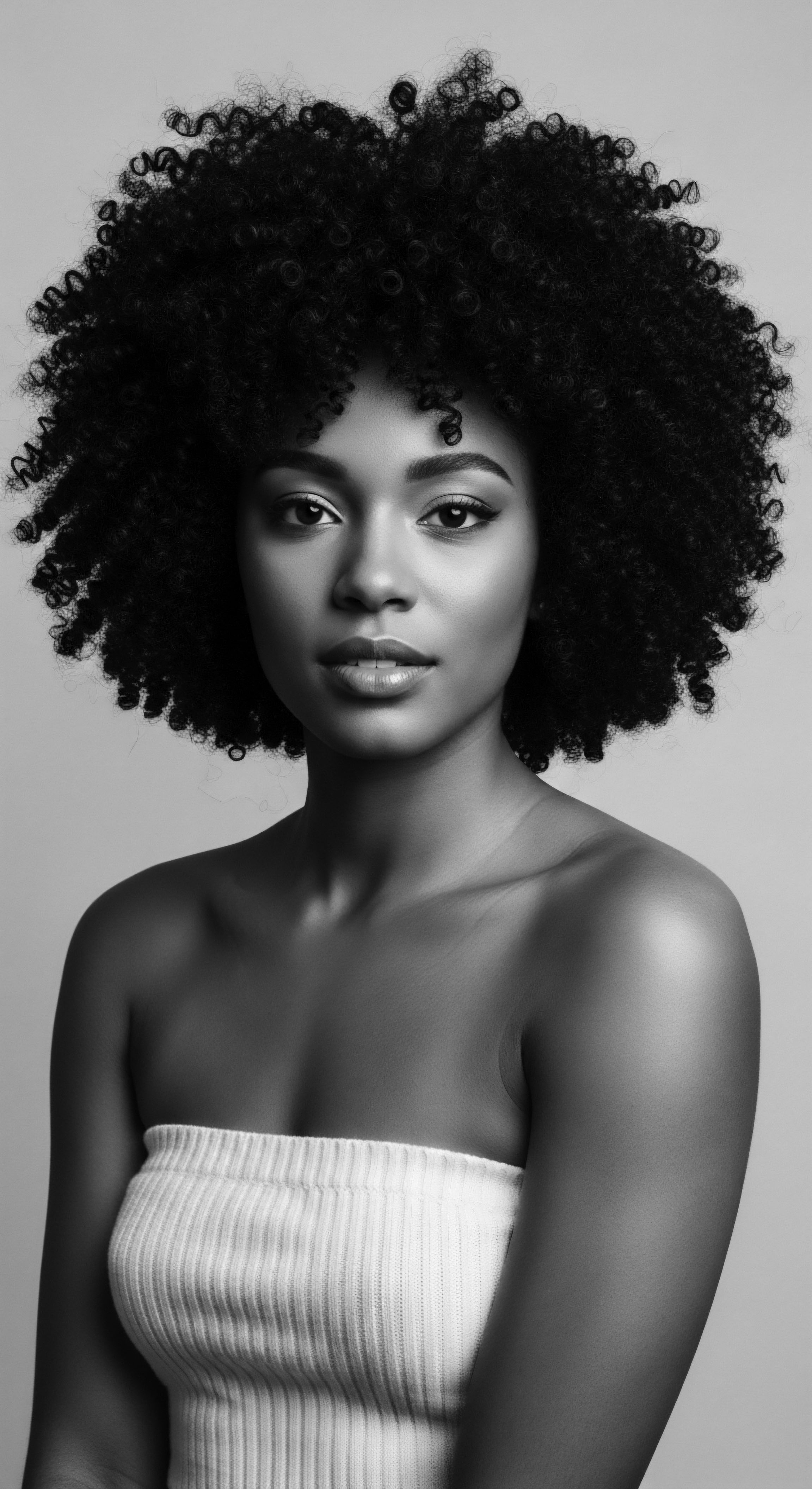
References
- Umar, S. (2020). Red Ochre as a Skin and Hair Sunblock an Old Himba Discovery. Dr.UGro Gashee.
- Nayak, M. & Ligade, V. S. (2021). Cosmetics .
- Alassadi, F. (2023). Feminism, Medicine and Culture ❉ How chemical/medicinal properties, international culture and historical significance of Henna shape best practices in application.
- McMullen, R. L. & Dell’Acqua, G. (2023). History of natural ingredients in cosmetics. Cosmetics, 10 (3), 71.
- ResearchGate. (2024). Hair Coloration with Natural Dyes and Pigments .
- Hasan, A. M. & Husein, E. M. (2018). Synthesis and Evaluation of Herbal Based Hair Dye. The Open Dermatology Journal, 12 (1).
- Sarita, R. & Singh, A. (2017). A Review of the Natural Resources Used to Hair Color and Hair Care Products.
- P. Faria, L. Camargo, R. Carvalho, L. Paludetti, M. Velasco and R. Gama. (2013). Hair Protective Effect of Argan Oil (Argania spinosa Kernel Oil) and Cupuassu Butter (Theobroma grandiflorum Seed Butter) Post Treatment with Hair Dye. Journal of Cosmetics, Dermatological Sciences and Applications, 3 (3A).
- Nchinech, N. & Eloutassi, N. (2023). Plants Use in the Care and Management of Afro-Textured Hair ❉ A Survey of 100 Participants. Scholars Journal of Applied Medical Sciences, 11 (11), 1984-1988.
- Dube, M. & Nnadozie, A. (2024). Cosmetopoeia of African Plants in Hair Treatment and Care ❉ Topical Nutrition and the Antidiabetic Connection? Diversity, 16 (2), 96.
- Wolkite, D. G. & Gebremariam, D. A. (2025). Plants used for hair and skin health care by local communities of Afar, Northeastern Ethiopia. Ethnobotany Research and Applications .
